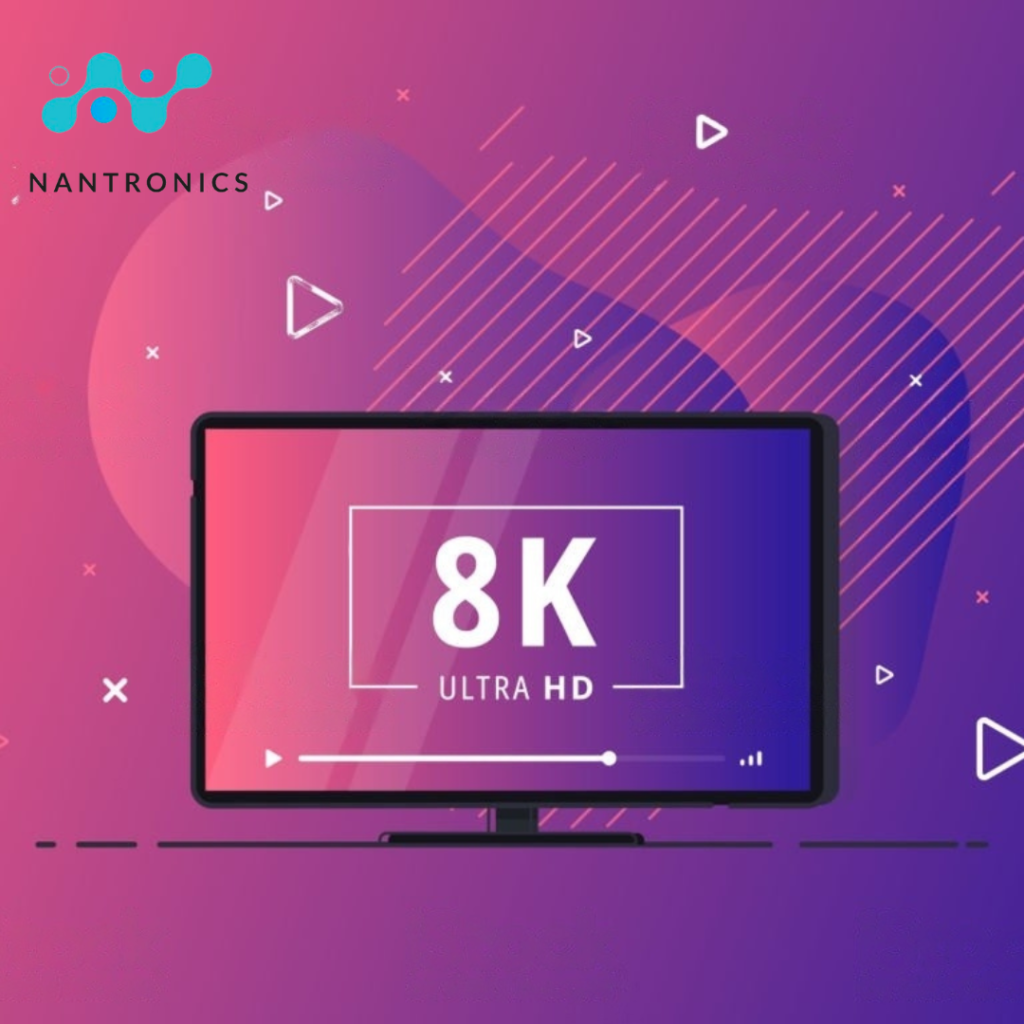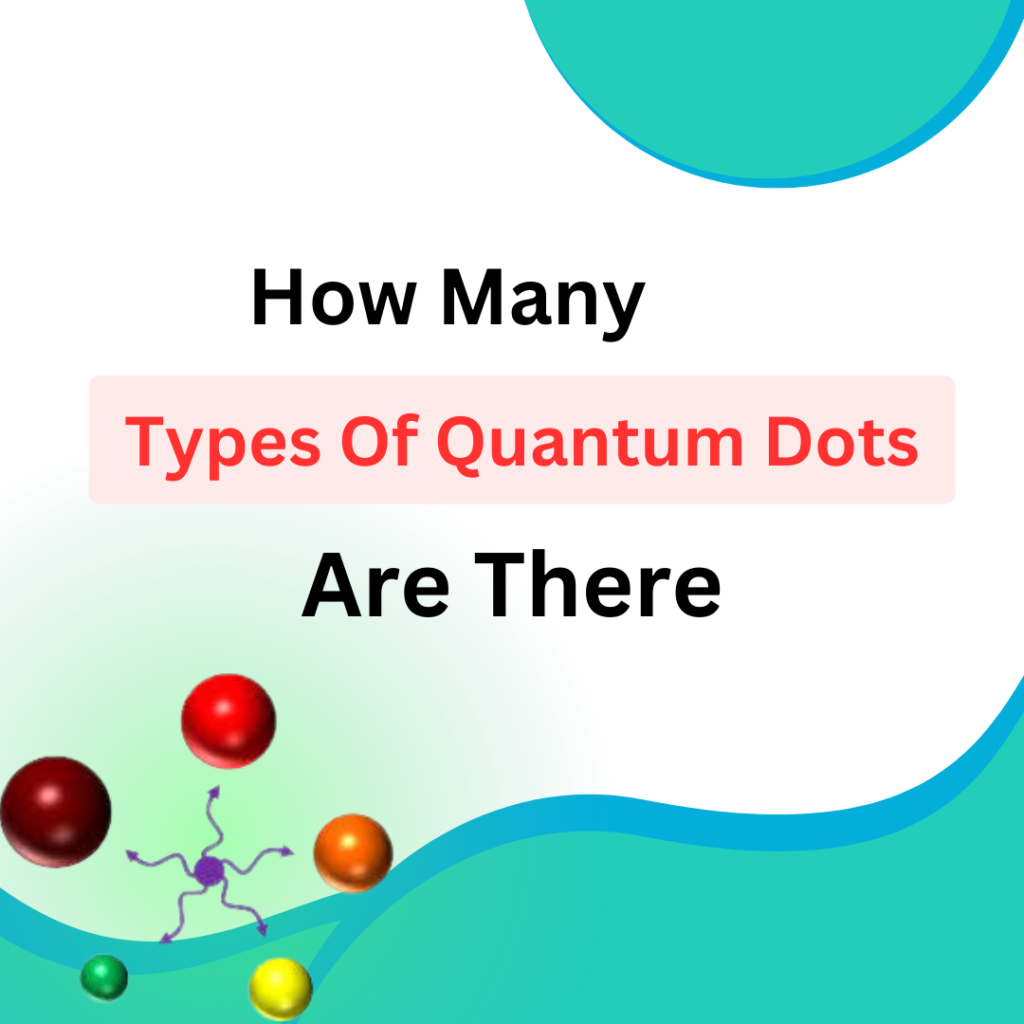Introduction
Quantum dots are a good way to label live cells, which can be stable for as long as twelve days in culture. They have been used to measure cell motility by imaging of phagokinetic tracks, and it was demonstrated that cells were capable of engulfing nanocrystals as they travel. Cadmium and other heavy elements in their composition enable their use as contrast probes in X-ray and transmission electron microscopy.
Quantum dots in medicine advantage ?
- High photostability resistance to photobleaching is 100-1000 times higher than at organic fluorophores
- High quantum yield long lifetime
- Targeted drug delivery: Quantum dots can be functionalized with specific ligands that can selectively bind to target cells or tissues. This allows for targeted drug delivery, minimizing off-target effects and reducing the required dose of the
drug. - Imaging: Quantum dots can be used as fluorescent probes for in vivo imaging. They emit bright and stable fluorescence, making them useful for visualizing biological structures and processes at the cellular and molecular levels.
- Longevity: Quantum dots have a long shelf life and can remain stable in biological environments for extended periods. This makes them suitable for long-term imaging and monitoring of disease progression.
- Regulatory approval: Quantum dots are still a relatively new technology, and regulatory approval for their use in medicine can be challenging.
Quantum dots in medicine disadvantage ?
- The multiexponential decline of fluorescence and blinking of separate Qds
- Instability and increase hydrodynamic diameter after interaction with the serum proteins
- Clearance: Quantum dots can accumulate in organs such as the liver and spleen, leading to toxicity and inflammation. This can impair their clearance from the body, making them unsuitable for long-term use.
- Cost: Quantum dots are expensive to produce, which can limit their use in medical applications.
Biomedical Applications of Quantum Dots
QDs have been widely employed in non-biological applications due to their appealing size and composition tunable optical and electrical properties. In the biomedical field, QDs offer many advantages over traditional organic dyes and fluorescent compounds
Bioimaging
One of the most significant applications of QDs in biomedicine is bioimaging. QDs can be used as fluorescent probes due to their excellent photophysical properties such as high quantum yield, high extinction coefficient, and narrow emission spectra
Drug Delivery
QDs can also be used as carriers for drug delivery. They can be functionalized with specific ligands that can selectively bind to target cells or tissues. This allows for targeted drug delivery, minimizing off-target effects and reducing the required dose of the drug.
Biosensing
QDs have also been used as biosensors for detecting biomolecules with high specificity and sensitivity. QD-based biosensors have several advantages over traditional biosensors such as high photostability, low toxicity, and narrow emission spectra. For example, QD-based biosensors have been developed for detecting cancer biomarkers, infectious agents, and environmental pollutants.
Photodynamic Therapy
Quantum dots can also be used in photodynamic therapy, a type of cancer treatment that uses light to activate photosensitizing agents that kill cancer cells. By attaching photosensitizing agents to quantum dots, researchers can target specific cancer cells and activate the photosensitizing agents using light.

conclusion
In simple words quantum dots have the potential to revolutionize medicine by enabling more precise diagnosis and treatment of diseases. While there is still much research to be done, the applications of quantum dots in medicine are exciting and hold great promise for the future.
Also, check out our other article









